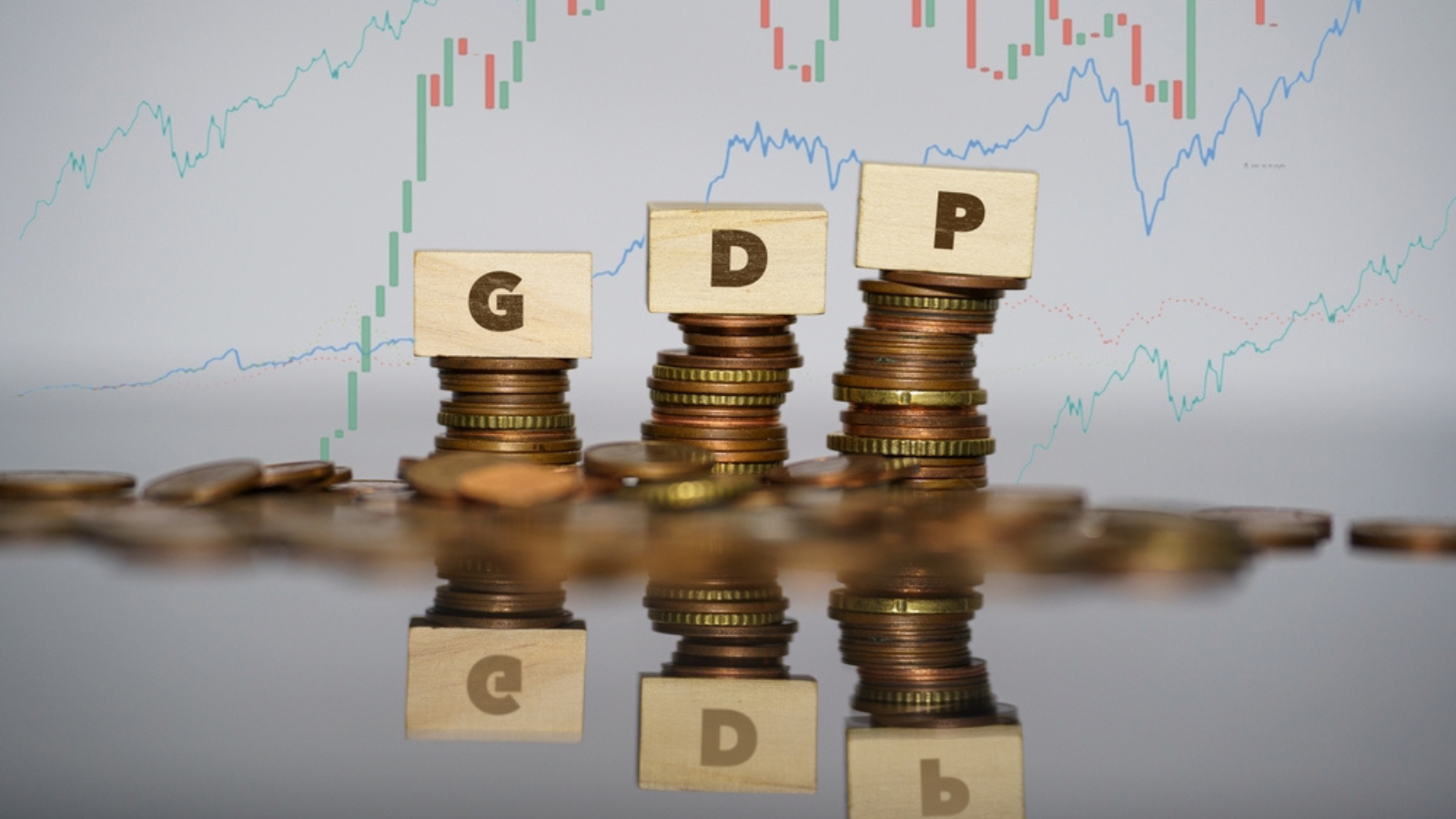For decades, Canada’s economic success seemed inseparable from its southern neighbor. The United States was its largest trading partner, the dominant investor, and the primary influence in key industries. However, as global disruptions, shifting markets, and new opportunities reshaped the business landscape, Canadian companies faced a crucial question: Could they succeed without leaning so heavily on the U.S.? This article explores 21 ways Canadian businesses are thriving without U.S. dependence, showcasing how innovation, strategy, and a bold new vision are shaping a more independent and prosperous future.
Digging Deeper for a Sustainable Future

Deep beneath Canada’s vast landscapes lie some of the most valuable minerals and natural resources of the world. For years, the industry was seen as traditional dig, extract, export. But now, mining in Canada is transforming, embracing sustainability and innovation to meet the demands of the modern economy. Take lithium, for example. Once overlooked, this essential component of electric vehicle batteries is now at the heart of Canada’s resource boom. Companies in Quebec and Ontario are leading the charge, ensuring that the country isn’t just a supplier of raw materials but a key player in the global green energy revolution.
Strengthening Cybersecurity and Data Protection

Not long ago, cybersecurity was an afterthought, something for big corporations and government agencies to worry about. However, as cyberattacks grow more sophisticated, Canadian businesses realize that digital security is no longer optional; it’s essential. Enter companies like Blackberry, which, after dominating the mobile phone industry, reinvented itself as a global leader in cybersecurity. Meanwhile, Canadian startups are developing cutting-edge AI-driven security solutions that protect businesses, financial institutions, and even national infrastructure from cyber threats.
Fueling the Next Generation of Innovators

Once upon a time, Canadian entrepreneurs had to look south for funding. Silicon Valley venture capitalists were the gatekeepers, and without their backing, scaling a startup felt impossible. But those days are changing. Today, Canada’s venture capital scene is thriving, with homegrown investors betting on the country’s brightest minds. From the booming tech hubs of Toronto and Montreal to the thriving clean energy startups in Vancouver, Canadian investors are fueling innovation right at home.
Expanding the Canadian Automotive Industry

For decades, Canada’s automotive industry was deeply intertwined with the U.S., with assembly plants relying on cross-border supply chains. However, with the rise of electric vehicles (EVs), Canada is shifting gears and carving out its path. Ontario, once known for its traditional auto plants, is now becoming a North American hub for EV production. Companies like Stellantis and General Motors are investing billions to manufacture electric cars and batteries on Canadian soil. Meanwhile, startups focusing on alternative energy vehicles and self-driving technology are emerging, ensuring that Canada isn’t just assembling the future of transportation; it’s designing it.
A New Era of Economic Inclusion

For too long, Indigenous and community-based businesses faced barriers to growth, often sidelined in the larger economy. But today, a wave of Indigenous entrepreneurship is reshaping the Canadian business landscape. Companies like Cheekbone Beauty, an Indigenous-owned cosmetics brand, are gaining international recognition while staying rooted in sustainability and cultural heritage. Meanwhile, Indigenous-led tourism, energy, and natural resource projects are creating jobs and driving economic growth in communities that were once overlooked.
Strengthening Economic Policies for Long-Term Stability

Booms and busts have always been part of the economic cycle, but Canada is rewriting the script. Instead of reactive policies, the government is focusing on long-term stability, investing in infrastructure, green energy, and digital transformation to future-proof the economy. Take the response to global supply chain disruptions. Rather than waiting for imports to return to normal, Canada accelerated investments in domestic production, ensuring that key industries could stand on their own. Meanwhile, strategic trade agreements with Europe and Asia are helping Canada reduce its dependence on any single market.
Promoting Local Manufacturing and Production

There was a time when Canadian manufacturing seemed to be fading, with factories shutting down and production moving overseas. But when global supply chains crumbled, something remarkable happened: Canada’s industries rolled up their sleeves and got to work. In the fashion world, brands such as Canada Goose moved more production in-house, ensuring that their famous winter jackets remained proudly Canadian-made. It’s no longer just about nostalgia; it’s about resilience, control, and a commitment to quality that the world is beginning to recognize.
Rediscovering Canada’s Backyard

For years, many Canadians have dreamed of vacations in far-off destinations. Then, the world changed, and people began looking closer to home. From the majestic Rocky Mountains to the cultural heartbeat of Quebec City, domestic travel has surged, with Canadians and international travelers alike rediscovering the beauty of the Great White North. Small towns like Tofino, once a hidden gem, are now booming, with local businesses thriving thanks to eco-tourism and adventure seekers.
A Banking Evolution

For decades, Canada’s financial institutions leaned on cross-border ties. But today, a new wave of independent banking and fintech innovation is taking center stage. With the rise of homegrown digital banks like Neo Financial and the success of Wealthsimple, Canadians now have alternatives to traditional banking that don’t rely on U.S. influence. Crypto platforms, ethical investment funds, and mobile-first banking solutions are transforming how Canadians manage their money. The shift isn’t just about convenience; it’s about creating a financial ecosystem that stands strong on its own and is immune to external disruptions.
Enhancing Agricultural Export Capabilities

Canada’s sprawling prairies have long made it an agricultural powerhouse. However, while wheat and canola have historically found their way to American markets, Canadian farmers are now expanding their reach. With trade deals in Asia and Europe, the world is getting a taste of Canada’s high-quality produce. Take pulse crops, lentils, and chickpeas, once considered niche products. Now, Canadian-grown pulses are a staple in Indian and Middle Eastern diets, fueling a booming export market.
Strengthening E-Commerce and Digital Trade

There was a time when Canadian online shoppers had no choice but to rely on U.S.-based e-commerce giants. But things are changing. The success of Shopify, Canada’s answer to Amazon, has empowered local businesses to sell globally without leaving the country. Meanwhile, Canadian-made products, from artisanal maple syrup to indigenous crafts, are now reaching international consumers through platforms like Etsy and Faire. The digital economy is no longer just an alternative; it’s a revolution that’s helping Canadian businesses thrive independently.
Fostering Skilled Workforce Development

Canada has long been known for its natural resources, but today, its greatest resource is people. With global competition for skilled workers heating up, Canada has invested heavily in education, vocational training, and immigration programs designed to bring top talent into its workforce. Tech hubs in Toronto and Montreal are attracting AI specialists from around the world, while trade schools are producing a new generation of highly skilled laborers.
Expanding the Entertainment and Media Industry

Canadian talent has always found success abroad, but now, the world is coming to Canada. Vancouver and Toronto are thriving film hubs, attracting major productions that once defaulted to Hollywood. Meanwhile, Canadian musicians from The Weeknd to Shawn Mendes are dominating global charts without relying on U.S. labels. Streaming platforms are also giving Canadian filmmakers and content creators a direct path to audiences worldwide. Shows like Schitt’s Creek have proven that Canadian storytelling resonates far beyond our borders. This isn’t just a golden age for entertainment; it’s a sign that Canadian culture stands strong on its own.
Investing in Infrastructure Development

No economy can thrive without a strong infrastructure. Recognizing this, Canada has embarked on massive projects to modernize its roads, ports, and transit systems. The expansion of Vancouver’s SkyTrain, the high-speed rail discussions in Ontario, and the revitalization of key shipping ports are all part of a long-term vision for sustainable growth. These investments aren’t just about convenience; they’re about creating a foundation for businesses to thrive, making Canada a global logistics hub that doesn’t need to depend on U.S. infrastructure.
The Science of Self-Reliance

Canada’s reliance on foreign pharmaceuticals and medical supplies. But that’s changing. With new investment in biomanufacturing, Canada is rebuilding its domestic pharmaceutical industry. Companies like Medicago are leading the way in plant-based vaccines, while the federal government has prioritized funding for homegrown research and development. The message is clear: Canada isn’t just producing healthcare solutions for itself; it’s becoming a global leader in medical innovation.
Diversifying Trade Partners

For decades, Canada’s economy danced to the rhythms of U.S. trade. But what happens when the music stops, or at least, when the tune starts to change? That was the wake-up call Canadian businesses needed. Today, they are forging new paths, strengthening ties with the European Union, deepening relations with Asia, and exploring untapped markets in Africa and Latin America. Take the Canadian maple syrup industry, for instance.
Strengthening Domestic Supply Chains

When global disruptions rattled supply chains, Canadian businesses learned a hard truth: self-reliance isn’t just a luxury; it’s a necessity. The once-overlooked local manufacturing sector saw a resurgence, with companies reshoring production and investing in homegrown solutions. A perfect example is the Canadian PPE industry. Before 2020, over 90% of personal protective equipment came from abroad. But when imports became scarce, Canadian manufacturers stepped up. Now, companies like Medicom and Bauer (once known for hockey gear) produce masks, gloves, and medical supplies domestically, ensuring that Canada is never caught off guard again.
Embracing Technological Innovation

Not long ago, Canada’s tech industry was seen as the quieter neighbor to Silicon Valley. That’s no longer the case. Today, cities like Toronto, Vancouver, and Montreal are buzzing with AI startups, fintech disruptors, and biotech breakthroughs. Take Shopify, for example. The Ottawa-based e-commerce giant has revolutionized online selling, empowering small businesses to go global without relying on U.S. marketplaces.
Expanding Trade with Europe and Asia

When Canada signed the Comprehensive Economic and Trade Agreement (CETA) with the European Union and joined the Comprehensive and Progressive Agreement for Trans-Pacific Partnership, it wasn’t just about paperwork; it was a declaration of independence. These agreements unlocked new opportunities for businesses to thrive beyond North American borders. Take the wine industry in British Columbia. Once reliant on U.S. tourists and buyers, vineyards are now shipping premium Canadian wines to European markets, where they’re gaining recognition alongside French and Italian staples.
The Future is Renewable
 While some nations hesitated, Canada saw an opportunity in the green revolution. The country’s vast natural resources, coupled with government incentives, have fueled a rapid shift toward renewable energy. Today, wind farms stretch across the prairies, solar energy powers homes in Ontario, and British Columbia is leading the way in hydroelectric innovation. Companies like Northland Power are expanding Canada’s clean energy footprint, exporting expertise in offshore wind farms to Europe.
While some nations hesitated, Canada saw an opportunity in the green revolution. The country’s vast natural resources, coupled with government incentives, have fueled a rapid shift toward renewable energy. Today, wind farms stretch across the prairies, solar energy powers homes in Ontario, and British Columbia is leading the way in hydroelectric innovation. Companies like Northland Power are expanding Canada’s clean energy footprint, exporting expertise in offshore wind farms to Europe.
The Rise of the Homegrown Hustlers

There was a time when ambitious Canadian entrepreneurs felt the pull of the U.S, a bigger market, more investors, greater opportunities. But times have changed. With government support, access to venture capital, and a thriving digital ecosystem, staying in Canada has never been more appealing. The rise of homegrown success stories proves it.
Conclusion

For years, Canadian businesses operated in the shadow of their southern neighbor, deeply intertwined in trade, finance, and industry. However, as global markets shifted, supply chains were disrupted, and new opportunities emerged, Canada found itself at a crossroads. Would it continue to rely on the U.S. as its primary economic pillar, or would it forge a new path built on resilience, innovation, and self-sufficiency? The answer is clear. Across industries, Canadian businesses are proving that they don’t just survive without U.S. dependence, they thrive.
25 Countries Predicted to Become Economic Superpowers in the Next 20 Years

The strength of an economy plays a crucial role in various international policies about trade and relations. Certain factors determine the strength of an economy, including population growth, availability of resources, and development and advancement. Here are 25 countries predicted to become economic superpowers in the next 20 years
25 Countries Predicted to Become Economic Superpowers in the Next 20 Years
